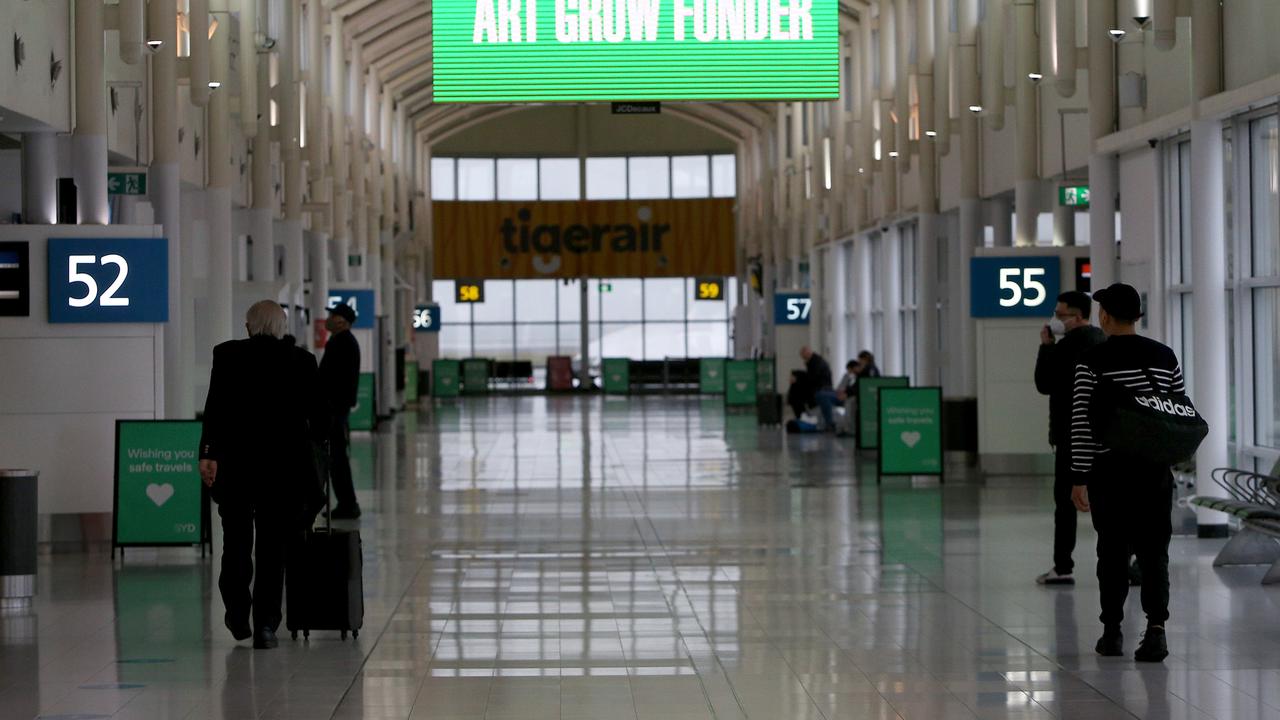Terry McCrann: Home loan rates going up — and down
ONE headline declares that banks — inevitably, all banks— are, or will be, raising their home loan interest rates; another announces big cuts to exactly those same rates. What’s going on, asks Terry McCrann.
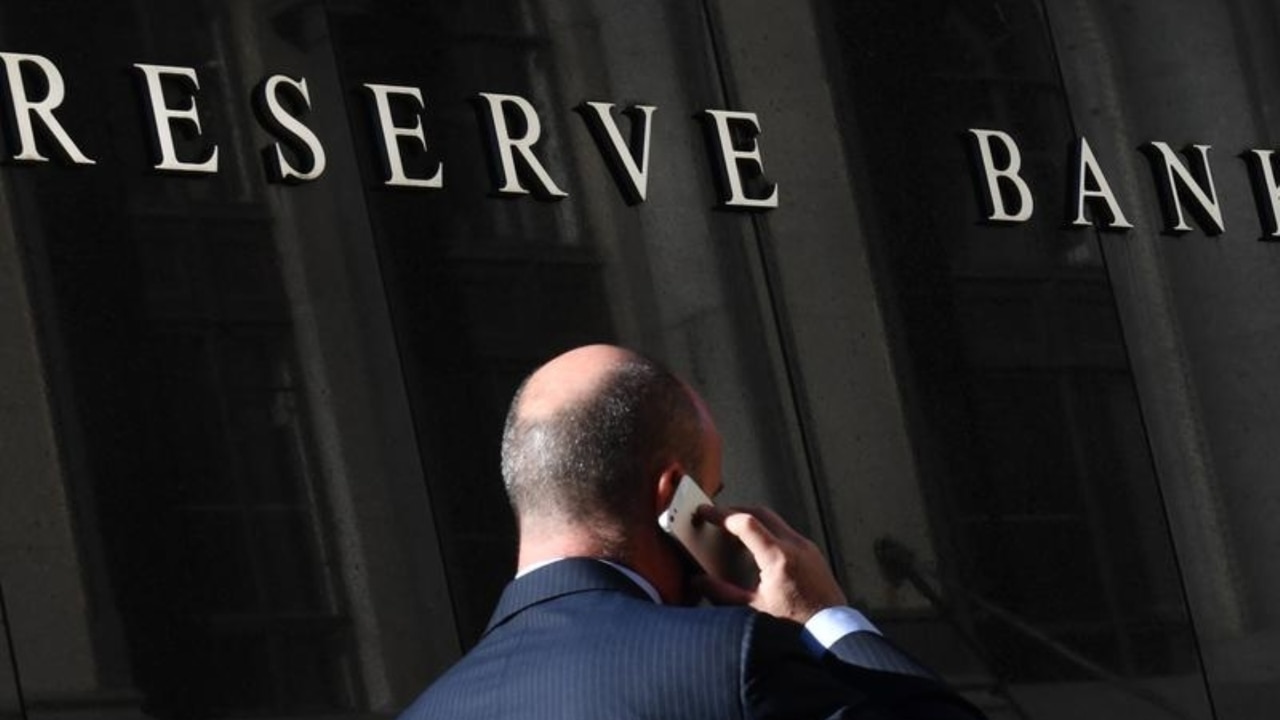
Terry McCrann
Don't miss out on the headlines from Terry McCrann. Followed categories will be added to My News.
ONE headline declares that banks — inevitably, all banks — are or will be raising their home loan interest rates; another announces big cuts to exactly those same rates.
What’s going on? Then throw in the predictions — issued with great certainty, regularly for over two years now — that the Reserve Bank would be raising the official interest rate that underpins all rates across our financial system, and raising it not just once but multiple times.
These predictions have come, not just from commentators and so-called experts, but also — if a little indirectly and opaquely — from the RBA itself.
Yet, the minutes on Tuesday of the last RBA meeting, held at the start of July, revealed that all the board members had agreed there was “no strong case for” a near-term rate hike.
TERRY McCRANN: FATE OF PROPERTY MARKET HAS A TRUMP CARD
BAREFOOT INVESTOR: NOW IS THE TIME TO SIT AND WAIT
AMP BANK HIKES HOME LOAN RATES AS EYES TURN TO THE BIG FOUR
This will play out in three weeks at the next meeting which will almost certainly clock up two years of the official rate being left unchanged at 1.5 per cent — through not just all those, ahem, worthy predictions, but the entire period, so far, of the governorship of Philip Lowe.
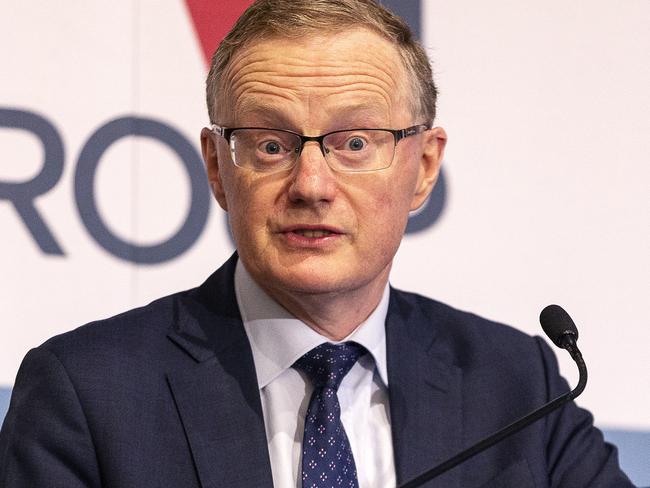
Why only ‘almost’ certainly? Because there is always a faint possibility that if the world or the global financial system got hit by a sudden disaster the RBA might make an emergency rate cut.
But, taking the comment from the minutes a little further, there is no chance — absolutely, without qualification — of an official rate hike, not just in three weeks, but pretty much through the end of the year.
Let me make some sense of all this. You need to understand what can happen to rates — and not just home loan rates but deposit rates as well — will be driven by dynamics which operate on three levels but also intersect with each other.
The easiest in a sense is the likelihood of so-called (inanely and stupidly) ‘out-of-cycle’ rate hikes from all the banks: the rate hikes you get when the RBA isn’t hiking the official rate.
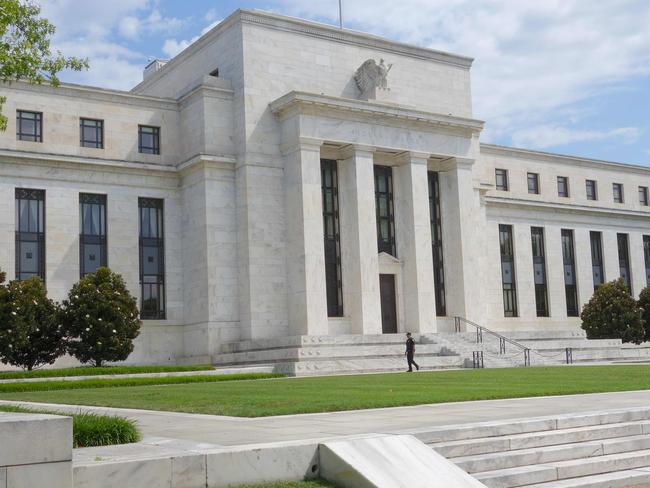
People and even so-called experts have come to think that bank loan rates should only change when the RBA changes the official rate and then they should change in perfect lock-step with the RBA change.
Yes the RBA’s official rate largely — but not completely — determines the rates the banks have to pay on the money they borrow in Australia. But they only borrow about 60 per cent of their funds in Australia.
The banks — very broadly — get around 40 per cent of their money on the global capital market; the rates they pay on that money are (almost) completely independent of what the RBA does with the official rate.
The cost of that money has gone up over the past year for two broad reasons.
Those overseas rates have been rising as the US version of the RBA, the Fed, has been steadily raising the US official rate. From zero, it is now (just) higher than the RBA rate.
The second reason is an ‘own goal’ — although do you blame the goalkeeper or the players.
This is the Royal Commission evisceration of — with more than a little flagellation by — the banks. It’s made foreign money managers demand a premium to lend them money.
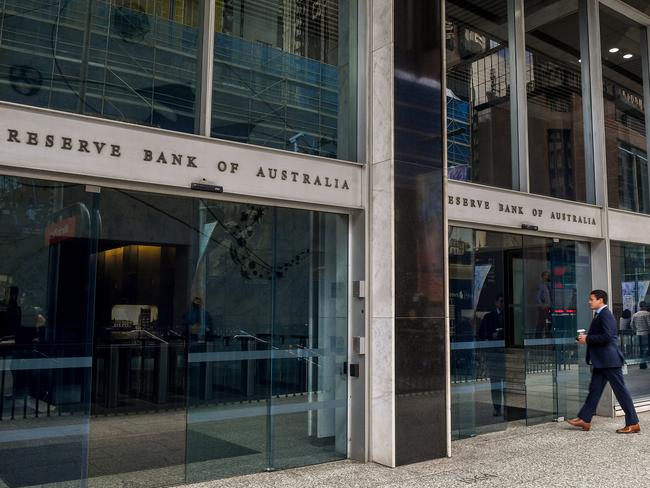
Over the last few weeks, the smaller regional banks have been raising their rates to pass on the increased cost of this funding. The big banks have — so far — held off for somewhat obvious reasons. I doubt they will hold off for ever.
Incidentally, on that insanely stupid belief that loan rates should follow the RBA in lockstep, it’s never occurred to the assorted idiots that when the RBA was raising rates it gave the banks a nice profit free-kick.
Think about it. An RBA rate rise only increased the cost of around 60 per cent of a bank’s funding. But applying the rise across all loans would give the banks the higher income on 100 per cent of their loans.
So yes, we will see the offshore cost of funding play out across higher rates on all home loans.
What’s happened so far would validate around 10-12 points on average across loan books; what might happen well into 2019 might take that up to 20-25 points.
The banks won’t apply it evenly — they’ll push owner-occupier rates up the least; investor interest-only the most.
At the same time — dynamic two — they remain in the competitive customer-getting business. The (only) rates they have cut are the ‘come in spinner’ so-called ‘honeymoon rates’, where a new borrower gets a low rate for the first year or two of a loan. After that, they get whacked.
They are doing this for complex reasons — but essentially to offset customers lost from other streams, like self-managed super funds and investors in apartments.

The third dynamic is the RBA. It still thinks that at some point it will end up raising – and if so that would flow through into all loans.
But as I’ve been pointing out for many months, the longer it doesn’t actually get to that decision, the more the balance shifts to the next rate move being either hike or a cut.
The RBA could end up ‘sitting out’ the whole hiking cycle and next have to move when the Fed (and the world) have started cutting rates.
A very important further flavour is what happens to the Aussie dollar.
If it goes below US70c, that would make it easier for the RBA to hike. Apart from making bank offshore funding more expensive.
But it would depend on why it had gone down: it might just as easily be indicating the need for a rate cut.
Yes, it’s complicated. We’ll keep trying to ‘uncomplicate it’ as the world keeps turning.



